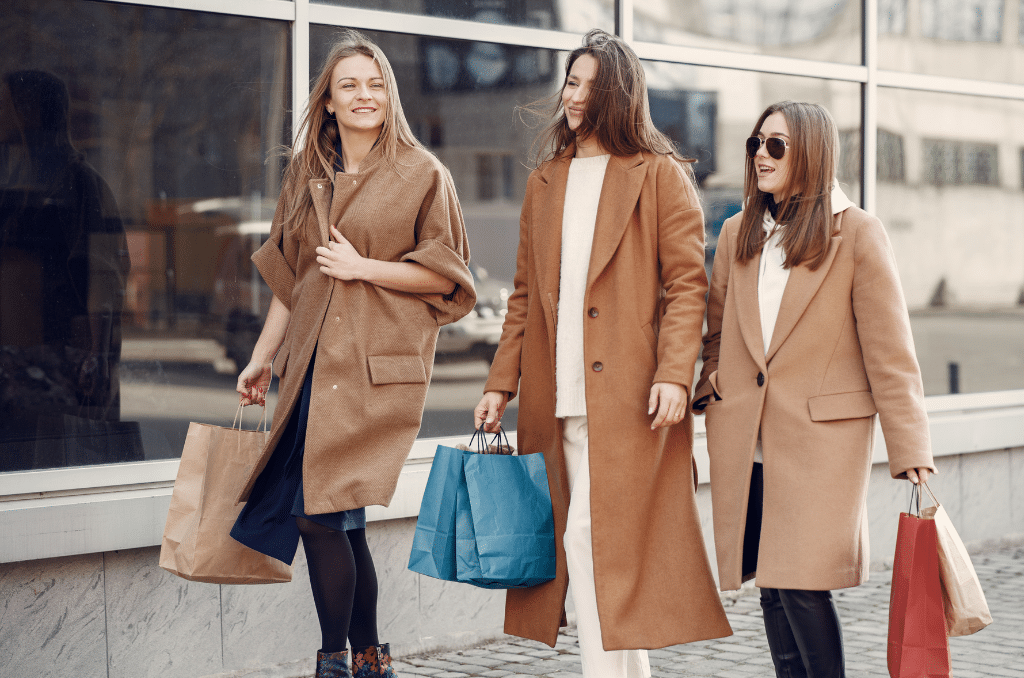In recent years, the world of fashion has witnessed a remarkable shift, with urban street culture and subcultures serving as a powerful source of inspiration. From vibrant graffiti art to the rebellious punk style, these subcultures have significantly influenced mainstream fashion, leading to the emergence of unique and daring trends. The rise of social media platforms has played a crucial role in amplifying the impact of urban street culture and subcultures on fashion. Instagram, TikTok, and other platforms have become virtual runways where streetwear enthusiasts and subculture devotees showcase their styles. This article delves into the captivating realm of fashion influenced by urban street culture and subcultures, exploring the roots of this phenomenon and its impact on the global fashion landscape.

Emerging Trends Inspired by Urban Street Culture
The Rise of Urban Street Culture and Subcultures:
Urban street culture and subcultures emerged as powerful countercultural movements, often characterized by their defiance of mainstream norms. They originated in urban centers, where young individuals sought creative ways to express themselves and form their identities. From the punk scene in the late 1970s to the hip-hop movement in the 1980s and 1990s, these subcultures became an integral part of youth culture.
Urban Street Fashion: An Artistic Canvas:
Fashion became an artistic canvas for urban street culture to express itself. Bold colors, unconventional silhouettes, and edgy accessories became staples of this unique style. Streetwear, as it came to be known, transformed from an underground movement to a mainstream phenomenon, endorsed by celebrities and high-end designers alike. Many brands are adopting this style and have become synonymous with streetwear culture, blending luxury and street elements.
Hip-Hop Influence on Fashion:
Hip-hop culture played a pivotal role in shaping urban street fashion. Originating from the streets of New York City, hip-hop brought a fresh wave of style that encompassed baggy pants, oversized shirts, and flashy accessories. Iconic trends like hoodies, baseball caps, and sneakers, which were once seen as urban staples, are now globally embraced fashion items. Major fashion houses began collaborating with hip-hop artists, further blurring the lines between luxury and street fashion.
The Punk Revolution:
The punk movement, which emerged in the mid-1970s, was a rebellious response to societal norms and conventions. The punk style was characterized by ripped clothing, heavy chains, leather jackets, and vibrant hair colors. Elements of punk fashion, such as safety pins as accessories and distressed clothing, have influenced modern fashion designers. Even haute couture runways have witnessed the incorporation of punk-inspired elements, showcasing the enduring impact of this subculture on fashion.
Skate Culture and Streetwear:
Skateboarding, initially seen as a fringe activity, transformed into a prominent subculture that heavily influenced streetwear. Brands like Vans and Thrasher Magazine became synonymous with skate culture, making their way into mainstream fashion. The laid-back and comfortable aesthetic of skatewear resonated with people from all walks of life, leading to its integration into everyday fashion.
Graffiti Art and Fashion:
Graffiti once considered an act of rebellion and vandalism, evolved into an influential art form that profoundly impacted fashion. Street artists like Banksy and Shepard Fairey gained international recognition, and their works have inspired fashion designers to incorporate graffiti elements into clothing and accessories. Bold and expressive graffiti patterns are now commonly found in streetwear collections, breathing life into garments.
Embracing Diversity and Inclusivity:
Urban street culture and subcultures have also contributed significantly to promoting diversity and inclusivity in the fashion industry. By challenging traditional beauty standards and advocating for self-expression, these subcultures have paved the way for a more inclusive approach to fashion. Designers have started featuring models of different backgrounds, body types, and styles on the runway, acknowledging the beauty and uniqueness of individuality.
Conclusion
The fusion of urban street culture and subcultures with mainstream fashion has revolutionized the industry, breathing new life and creativity into clothing and accessories. From hip-hop’s influence on luxury brands to skatewear’s integration into everyday fashion, these subcultures have not only shaped trends but also fostered an environment of inclusivity and self-expression within the fashion world. As the landscape of urban street culture and subcultures continues to evolve, we can expect even more groundbreaking collaborations and innovative styles to emerge, leaving an indelible mark on the fashion industry for years to come.









